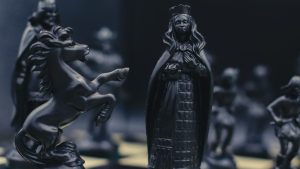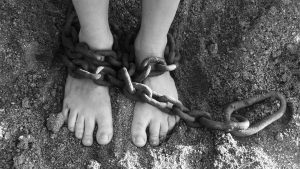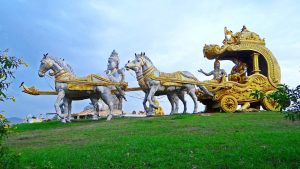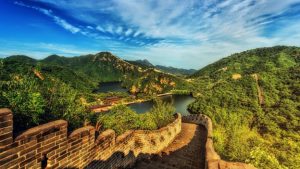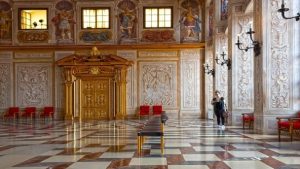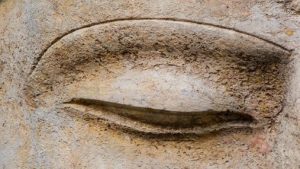Gender Bias in England during the 17th Century
Sexual orientation bias thrived in a patriarchal culture in 17th-century Britain. The "isolated circles" tenet entirely isolated men and ladies, keeping ladies to the private space. Women's instruction was limited and concentrated on residential aptitudes, affirming seen mental inadequacy. Work prospects were constrained, restricted to low-status positions, compounding financial imbalances. Lawful frameworks favored men and restricted women's property rights and independence. Ladies were banished from taking part in political strategies. Witch chases excessively focused on ladies, highlighting society's fear of female freedom. This period serves as a sharp update of organization sexual orientation disparity, which has molded the heading of women's lives.


